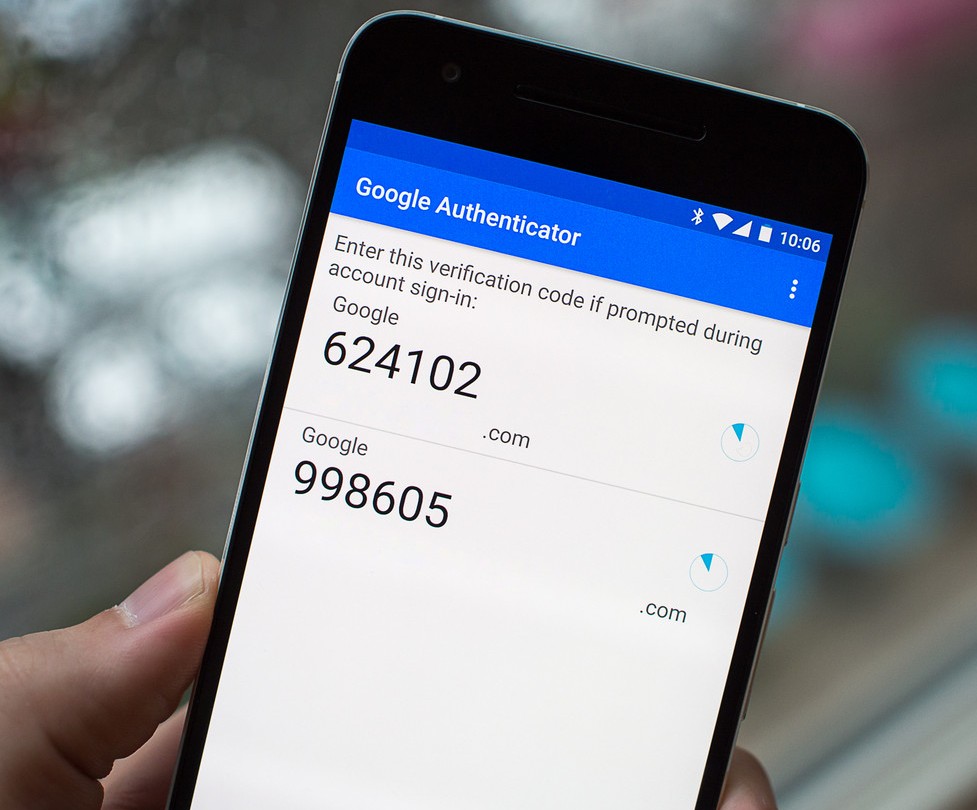I’m often asked about two-factor authentication and whether it is necessary or helpful when it comes to business IT security.
Well the simple answer to that enquiry is yes – two-factor authentication is definitely an option worth considering if you’re keen to enhance the security of the computer systems your business is using.
A double-edged sword
There are enormous benefits that can be gained from having some of the latest and most powerful technologies and software systems in place across a business. In fact, clever computing platforms of various kinds underpin a lot of what enables service providers around the world today to function as they do.
But the developments in these contexts are often based around increased integration of data and information, as well as entire IT systems and architectures. All of which is fantastic in so many ways but it also makes the issue of identity and systems access more important than ever.
The danger is that precious and essential information might be stolen very easily if passwords and log in systems are not as secure as they need to be. So it can be a very significant point of weakness for businesses and other organisations if they fail to pay enough attention to the issue of identity, which is where two-step authentication can play an important role.
The two steps
The idea behind two-factor authentication is really very simple and you may already be familiar with it in the context of processes such as logging in to your online banking account, for example. The process essentially involves two layers of identification, which should then make it twice as challenging for any would-be hackers to infiltrate the relevant system.
Typically, all that a two-factor authentication setup will involve is the addition of the requirement for an extra personal ID number or an extra password that effectively double checks a person’s identity before they’re allowed access to a specific system. So, whereas you might currently only need to enter a single password, with a two-factor system you’ll be asked to provide two distinct sets of identifying information before you’re granted access.
Staying one step ahead
As is always the case when it comes to IT security for businesses, the aim of the game is to stay one step ahead of hackers and cyber criminals who are constantly looking for weaknesses in the protective setups of enterprises of all sizes.
And hackers and data thieves aren’t just drifting around the internet hoping to come across obvious vulnerabilities. Their efforts at this point in time are often very sophisticated and targeted in very particular ways. They even have the ability to test billions of password combinations in a matter of seconds, which of course means that right away we know that no single password can provide enough protection for a business to rely solely upon it as an authentication check.
That isn’t to say that passwords should not be used as part of your organisation’s IT security process but just to emphasise the point that it is no longer sufficient on its own.
Plenty of the most popular online platforms around today, such as Facebook, Evernote and MailChimp, among many others, already use two-factor authentication mechanisms to protect their systems.
My advice to anyone who asks my opinion on these sorts of issues is to incorporate two aspects of authentication into your security protocols if at all possible. There is nothing to lose in doing so and potentially a great deal to gain in terms of successfully tightening up your overall security.
Important advantages
Cybercrime is now a huge headache for organisations of all sizes worldwide and two-factor authentication makes is very much more difficult for hackers in these realms to achieve their objectives. The extra layer of security means that your company’s employees can’t be so easily impersonated and, as a result, your data is kept much safer.
It is also a lot safer to enable and allow mobile working on a variety of different devices because identities can be more reliably checked via the two-factor process. So this opens up much more flexibility for members of your workforce who might otherwise be restricted to working on single computer if your authentication security is less reliable.
As well as functioning as an extra layer protection against potential infiltration of your IT systems from malicious or unwelcome sources, introducing a two-factor authentication setup also sends out a clear signal that your organisation takes data security seriously and that can be just as important.
The stakes are high and the costs are worth it
Some organisations and service providers like international banks or retailing giants have mind-boggling amounts of sensitive data on their IT systems and so it’s no surprise that when they suffer from data breaches the story hits the headlines and raises serious concerns among their customers.
But there is also a lot to be concerned about when it comes to data security even if your organisation functions on a much smaller scale. Reputational damage is a real risk for any business which suffers a data security breach and being seen as falling behind the times on the subject can cost you clients and customers very quickly.
Two-factor authentication doesn’t guarantee the security of your IT systems but it can certainly go a long way towards making sure you are not an easy target for hackers and cyber criminals who are always looking for new ways to steal information and online identities.







Leave a Reply
You must be logged in to post a comment.